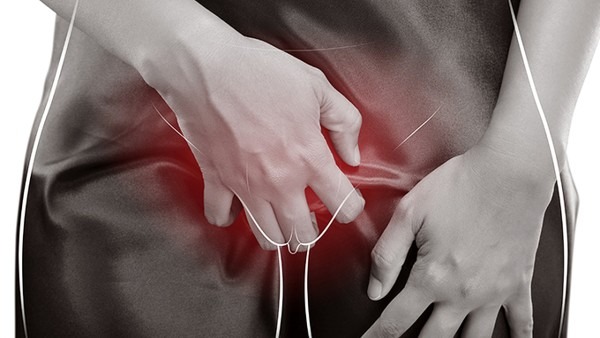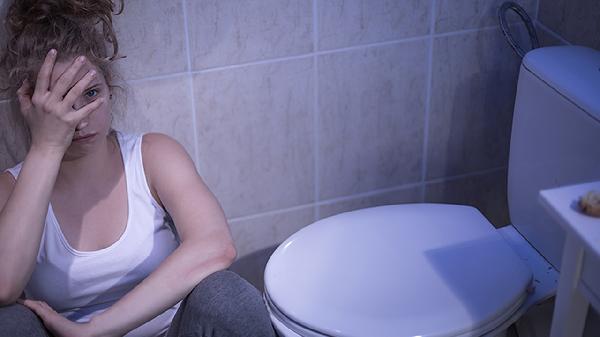Peyronie's disease, also known as penile fibromatosis, is a condition characterized by the formation of fibrous scar tissue within the penis, leading to curvature and, in advanced stages, erectile dysfunction (ED). This disorder, which often goes unnoticed in its early phases, can significantly impact a man's sexual health and quality of life.

Clinical Manifestations of Peyronie's Disease
Patients with Peyronie's disease typically experience painful erections, penile deformity, and the formation of palpable plaques or nodules. These symptoms can lead to a shortened erect penis and a noticeable curvature, which may be either lateral or vertical. The condition often progresses through distinct phases, each with its own set of symptoms and challenges.
The Two Phases of Peyronie's Disease
The disease is commonly divided into two phases: the active (inflammatory) phase and the stable (chronic) phase. During the active phase, patients may experience inflammation, painful erections, and the onset of penile curvature. Notably, about one-third of patients report curvature without significant pain during this stage. The stable phase, which typically occurs 12 to 18 months after the acute phase, is marked by the resolution of inflammation and pain, with the penile curvature stabilizing into a mature scar tissue.
Pain and Its Impact on Sexual Function
In the inflammatory stage, patients often report persistent, albeit mild, pain that can interfere with sexual activity. Some individuals may wake up at night or in the morning due to painful erections. However, as the inflammation subsides, so does the pain. In rare cases, the formation of a "circumferential plaque" around the penis can lead to a hinge-like deformity, further complicating the condition. Peyronie's disease predominantly affects middle-aged men and is sometimes linked to a history of penile trauma.
Early and Late Triads of Symptoms
The early symptoms of Peyronie's disease are often described as a triad: the presence of a penile nodule or plaque, painful erections, and penile curvature during erection. As the disease progresses, the late triad includes a hardened plaque, a stable penile curvature during erection, and erectile dysfunction. These symptoms can significantly affect a patient's psychological well-being, leading to anxiety, misunderstandings about the disease, and strain in relationships.
Erectile Dysfunction in Peyronie's Disease
Erectile dysfunction is a common complication in the later stages of Peyronie's disease. The psychological impact of the condition, such as anxiety and the fear of sexual inadequacy, can exacerbate ED. Additionally, physical factors like severe penile deformity, flaccid penis, and impaired vascular function contribute to the development of ED. Addressing both the physical and psychological aspects of the disease is crucial for effective management and improving the patient's quality of life.
Conclusion
Peyronie's disease is a complex condition that requires a comprehensive approach to diagnosis and treatment. Understanding the progression of the disease, its symptoms, and the impact on sexual health is essential for both patients and healthcare providers. Early intervention and a multidisciplinary treatment plan can help manage symptoms, improve sexual function, and enhance overall well-being.
























